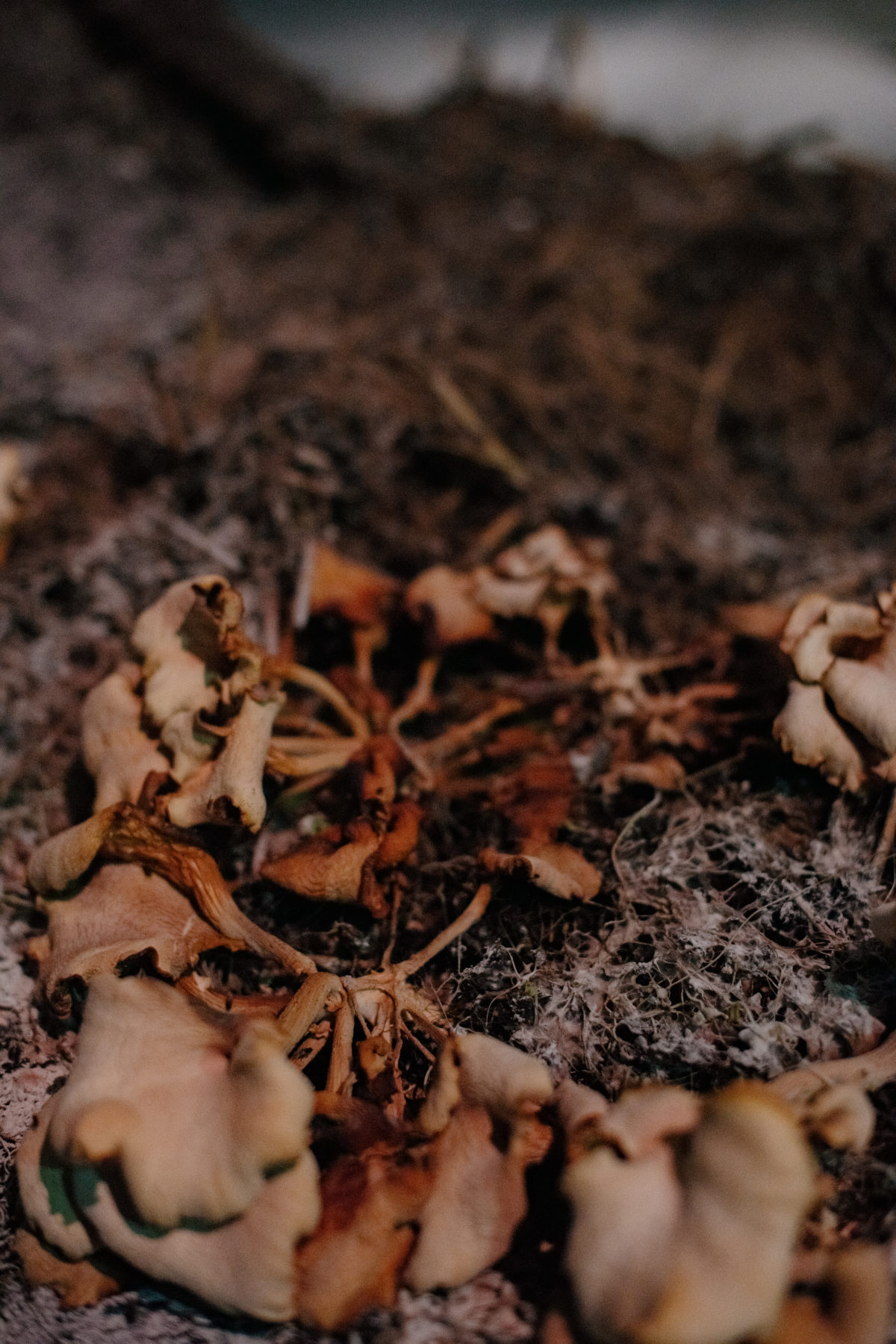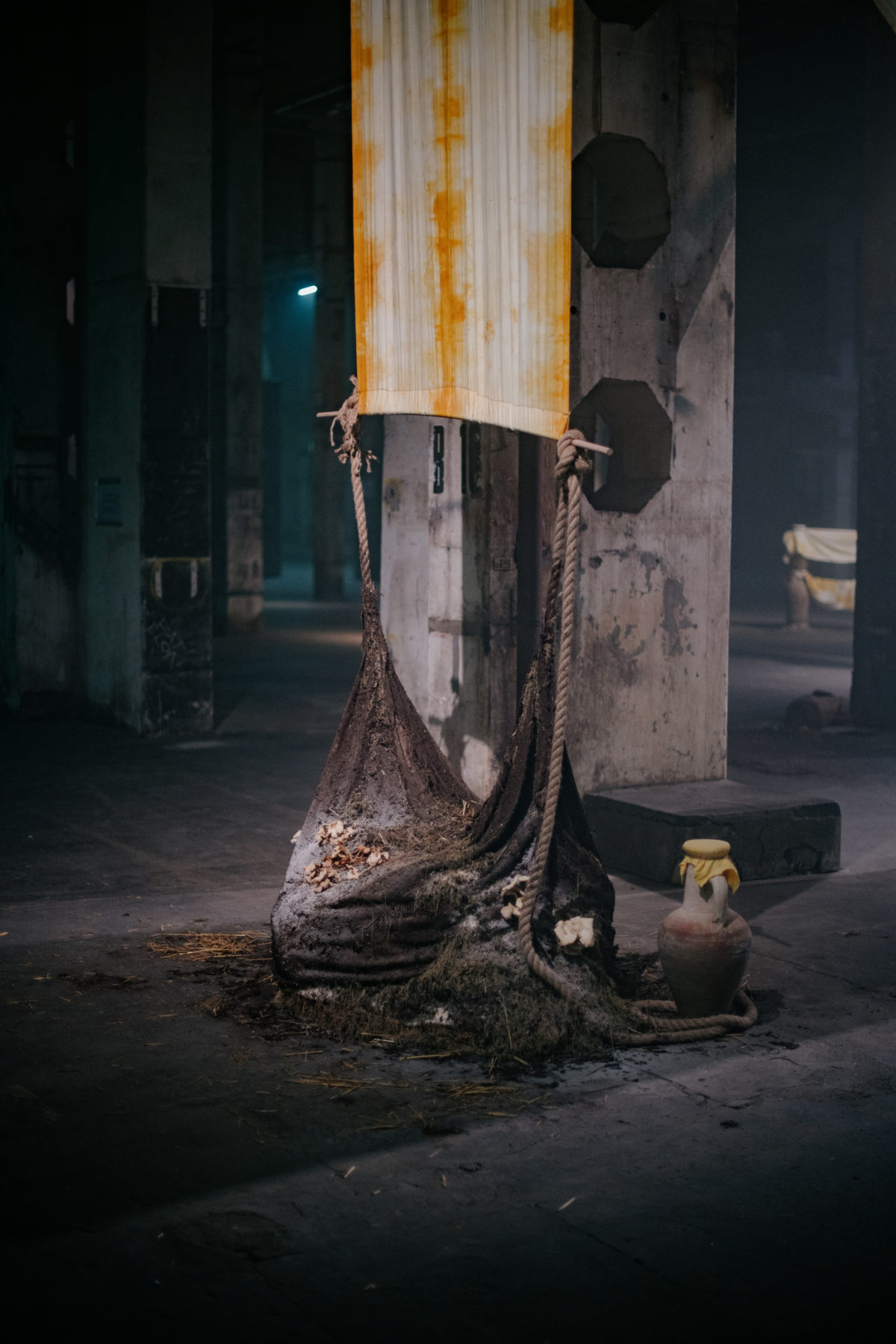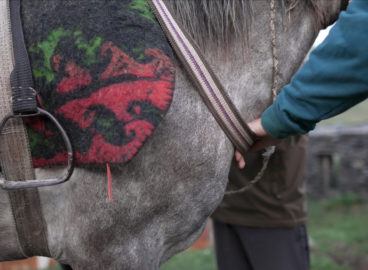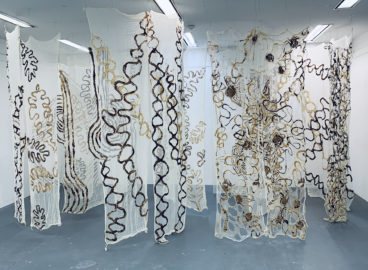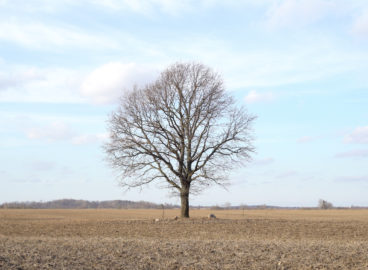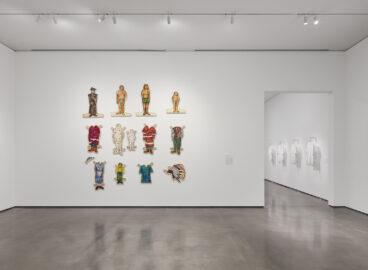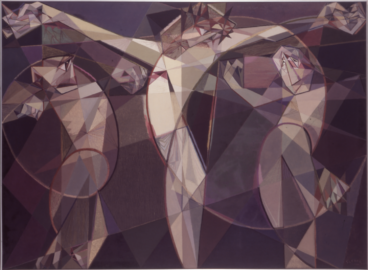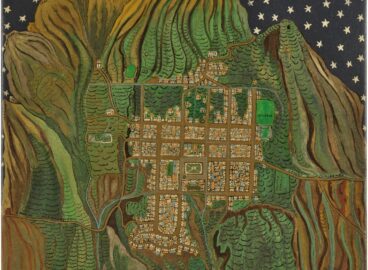This elegiac text, published as a postscript to C-MAP’s 2022 seminar Transversal Orientations Part II, is one of many in which artist Daniel Lie, one of the seminar’s panelists, reflects on the non-binary nature of life and death, a crucial thematic in their artistic practice. Lie’s original Portuguese version is published alongside an English translation by Alex Brostoff, Assistant Professor of English at Kenyon College.
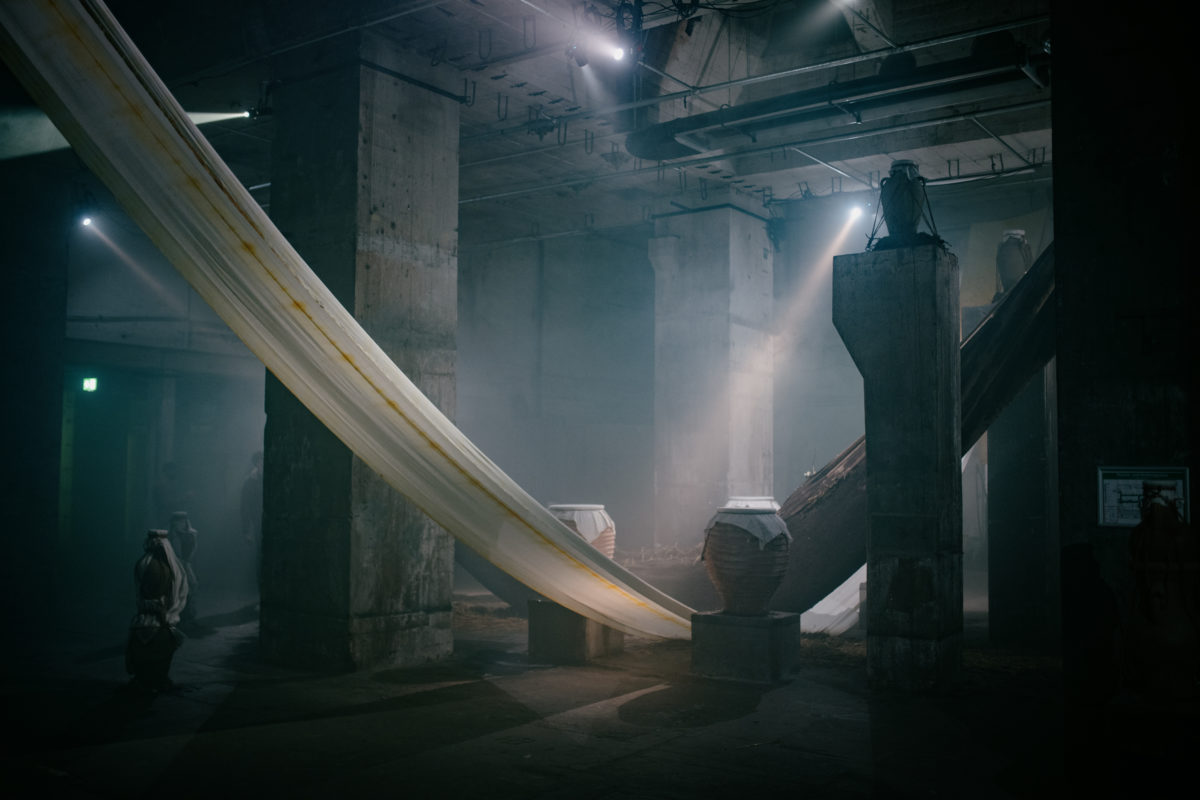
Rottenness is a presence, presentification, and manifestation of other-than-human beings (such as fungi, bacteria, larvae, insects…) in an organic body. In the rotting process, their presence is revealed by semantic and semiotic transformations; for example, fresh food – which can symbolize craving, nutrition, and stimulation – turns into the opposite when rotten – disgust, repulsion, and abjection. Rot emerges on a continuum between life and death, occupying two sides of the same coin; and yet, temporality is a possible way to differentiate between them. When rotten, the physical and visible existence of other beings—others living in the present—is activated.
Once an organism begins to rot as a result of the presence of these ‘others’, what becomes visible is an exponential acceleration of time, as matter shifts and emits odors, as decomposition transpires and aesthetics are altered. These changes can also be elevated by the process of decomposition itself—abjection draws attention. When it is lifeless, a body becomes an object; when it is decomposing, an object becomes abject. The properties of the relationship we create between these three bodily stages are produced by the social construction of the End and of Dying. To abject is to debase something: a relation of value is imbricated in processes related to death.
A body that is fresh strives to maintain its stability and durability, just as a rotting body strives to multiply its processes of material transmutation. However, both processes are contained in one another in an infinite loop. At the time of my death, the digestive bacteria in my stomach will extend its action and digest my own flesh; one day, the fly that lays its eggs in the abjection of my decay will also rot; a cluster of leaves, grass, and branches piled in heaps and decomposing for a long time provide ideal conditions for the development of plant growth: Post-Rotten.
When I observe the passage of time as fruit ripens, I witness the moment when freshness is interrupted, I witness the fruit getting past its prime.
When it comes to the temporality of ripening, the word Past extends to Overripening; One relationship between the meanings of “rot” and “inedible,” then, is Past. In a linear understanding of time, is that which is past, a rotten time?
Yet, if we take account of this effect from a chronological perspective, the future is rotten, since within a linear framework, past, present and future, Rottenness is the last stage of the fruit – the future takes place in front of us, as that which is yet to come – underripe, ripe, rot.
Past and future take place in the present of rot.
I seek temporal disruption and anachronism as possibilities for breaking the binarity of Death and Life.
Dife and Leath.
What is decomposing?
What is spoiled?
What is decaying?
What is putrefied?
Underripe, ripe, rot
Past its prime, Forwards, Backwards
Decay, Decline, Arise
